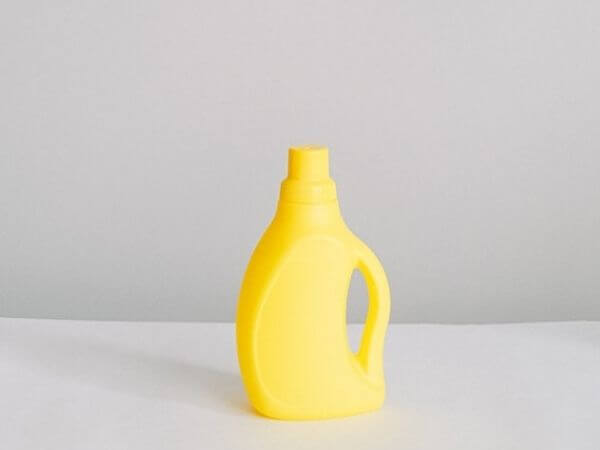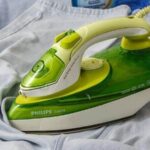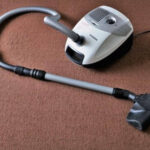Trying to understand the difference between fabric conditioner and fabric softener but can’t get a hang of it? This article provides you with the answers you have been looking for.
So, is Fabric Conditioner the Same as Fabric Softener?
Fabric conditioner is the same as fabric softener. Manufacturers use the terms fabric conditioner and fabric softener to mean the same thing. That said, you might find descriptions that limit fabric softeners’ functions of making clothes feel softer and fluffier and reducing static cling, while insinuating that fabric conditioners have more functional benefits.
What is a Fabric Conditioner/Softener?

A fabric softener/conditioner is a liquid substance that improves fabric feel by improving the texture and freshens fabrics by improving the odor. Fabric conditioners also exist in the form of dryer sheets for use in a tumble dryer.
The origin of fabric conditioners dates back to early 20th century after the textile industry made a decision to address a challenge that arose in the process of dying cotton fabric. Apparently, the method used would render the material uncomfortably rough and a product improve the feel had to be made.
When cotton softeners came, the led to the conceptualization of producing a softener that would make all clothes soft to the touch during the laundry process.
A different kind of historical account insinuates that fabric conditioners were introduced following mass use of synthetic detergents. Unlike original soap recipes which were rich in oil products, synthetic detergents contained powerful chemicals that made fabrics feel uncomfortable. Fabric experts decided to address this by brining in a fabric conditioner.
Fabric conditioners are primarily made of cationic surfactant, an ingredient that is reputable among textile experts for its textile finishing and maintenance powers. Other ingredients that make the list of softener’s composition include emulsifiers and perfumes.
Throughout the mid 20th century, the US market embraced the use of fabric softeners widely, even though users were experiencing some limitations with the liquid products. According to Madehow, fabric softeners were incompatible with laundry detergents, which meant that users had to wash and rinse clothes first, then add them in an extra cycle.
Obviously, this made laundering more overwhelming both in terms of work and consumption of resources. This sparked creativity that resulted to the establishment of dryer sheets, which serve the purpose of fabric softeners but in the tumble dryer.
The Benefits of a Fabric Conditioner
The benefits of fabric conditioners have been tried and tested through scientific experiments and by consumers. You can instantly notice some of the benefits after using the product but some require keen observation and a hand in hand comparison with laundry results for clothes washed and without fabric conditioners.
Make Clothes Soft to the Touch
There is not doubt that clothes washed in fabric conditioners feel silky soft. In the first place, this is the main idea behind the formulation of fabric conditioners. They contain lubricating chemicals that coat fabrics making them more comfortable to touch and wear.
That being that case, have in mind that not all fabrics require the softer and fluffier fill that results from the use of fabric conditioners. The feel is good but it might inhibit the performance benefits of some clothes and fabrics.
Reduce Static Cling and Crackling
Production of static cling and crackling are common challenges with synthetic fibers. However, they are nothing to worry about if you can add a small amount of fabric conditioner into your washer. The lubricating effect of fabric softeners allows fabrics to retain enough moisture to prevent static cling when they rub against themselves.
Reduce Wrinkles
An ugly pattern of wrinkling is a problem you are bound to encounter after washing clothes made of natural fibers. As if that is not enough, the challenge also occurs with some blended and synthetic fibers.
And whether you love or dread ironing, sometimes you just want to look at your clothes and feel comfortable to wear them without pressing or steaming them.
The easiest way to do that is by using a fabric conditioner. It comprises of components that improve the wrinkle recovery of most garments significantly.
Improve Fabric Dimensional Stability
You have probably come across some garments that completely get out of shape and even size after washing. A good fabric conditioner might not deal with the problem completely but it can be of good help. It stabilizes the fabric, leading to reduced shrinkage.
Freshens Clothes
Fabric conditioners contain perfumes that freshen and make your clothes smell nicely for a long time. And with most brands, you can choose your preferred type of fragrance.
Reduce Fabric Pilling
Fabric conditioners ca help cut down the amount of fuzz balls or pill that you collects in the lint trap after washing knitted and woven fabrics. Conditioners create a smooth surface on fabrics which prevents them from
The Limitations of Fabric Softeners
Despite numerous advantages, fabric conditioners have disadvantages that you might want to know because making the decision to use them in your laundry routine.
- If you are allergic or dislike synthetic perfumes, the decision to use a fabric conditioner might not sit well with you.
- Fabric conditioner reduce the brightness of white clothes over time which leads to the eventuality of a dingily appearance.
- Fabric conditioners do not work on all kinds of clothes. Avoid them when washing active wear clothes or towels. The oils present in fabric conditioners create a slippery coating on towels which reduces absorbency. This makes your towel less functional when it comes to wiping the body dry.





